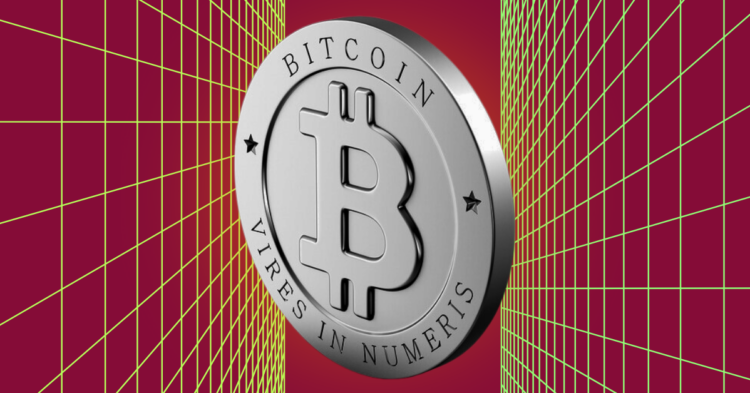The Bitcoin market is currently experiencing a bullish trend, with a notable rise of 4.2% over the past 30 days. Many experts are optimistic, predicting that Bitcoin may reach a new all-time high in the near future. Yet, amid this positive momentum, concerns are emerging about potential challenges that could impact Bitcoin’s long-term security. What issues could Bitcoin face? Let’s explore the details.
The Security Shift in Bitcoin’s Network
Bitcoin’s underlying design is crafted to gradually transition from block rewards to transaction fees as the primary incentive for miners. This shift is crucial for maintaining network security. However, the sustainability of this model hinges on consistent transaction activity within the Bitcoin network. The pressing question remains: can the Bitcoin network sustain this level of activity?
How ETFs and Wrapped Bitcoin Are Affecting Bitcoin’s Network
The recent surge in Exchange Traded Funds (ETFs) issuance and the growing popularity of Wrapped Bitcoin (WBTC) have sparked concerns about the long-term activity on Bitcoin’s native network. Crypto educator and analyst Duo Nine highlights that when Bitcoin is locked into Wrapped Bitcoin tokens, it becomes idle, generating no transaction fees on the main network. A similar issue arises with Bitcoin ETFs, where Bitcoins held by ETF issuers remain dormant in custodial wallets, contributing no transaction fees.
The Risk of Third Parties in Bitcoin Ownership
Duo Nine raises a critical point regarding the involvement of third parties in Bitcoin ownership. He stresses the importance of retaining the original vision of Bitcoin, which is to enable direct asset ownership. The indirect ownership models promoted by ETFs and Wrapped BTCs, he argues, could erode the core principles Bitcoin was designed to uphold. This shift towards third-party control poses a significant risk to Bitcoin’s decentralized nature.
Protecting Bitcoin’s Security: The Role of Users
To safeguard Bitcoin’s future, Duo Nine advises users to prioritize holding Bitcoin directly on the native network rather than through third-party mechanisms such as ETFs and Wrapped Bitcoins. By conducting transactions directly on the Bitcoin chain, users can support the transition to a fee-based security model, ensuring the network’s long-term stability and resilience.
Conclusion
In conclusion, while Bitcoin’s market performance appears promising, underlying challenges related to network security and third-party control must be addressed to preserve its foundational principles. By actively participating in Bitcoin’s native network and supporting direct ownership, users play a vital role in securing Bitcoin’s future.











